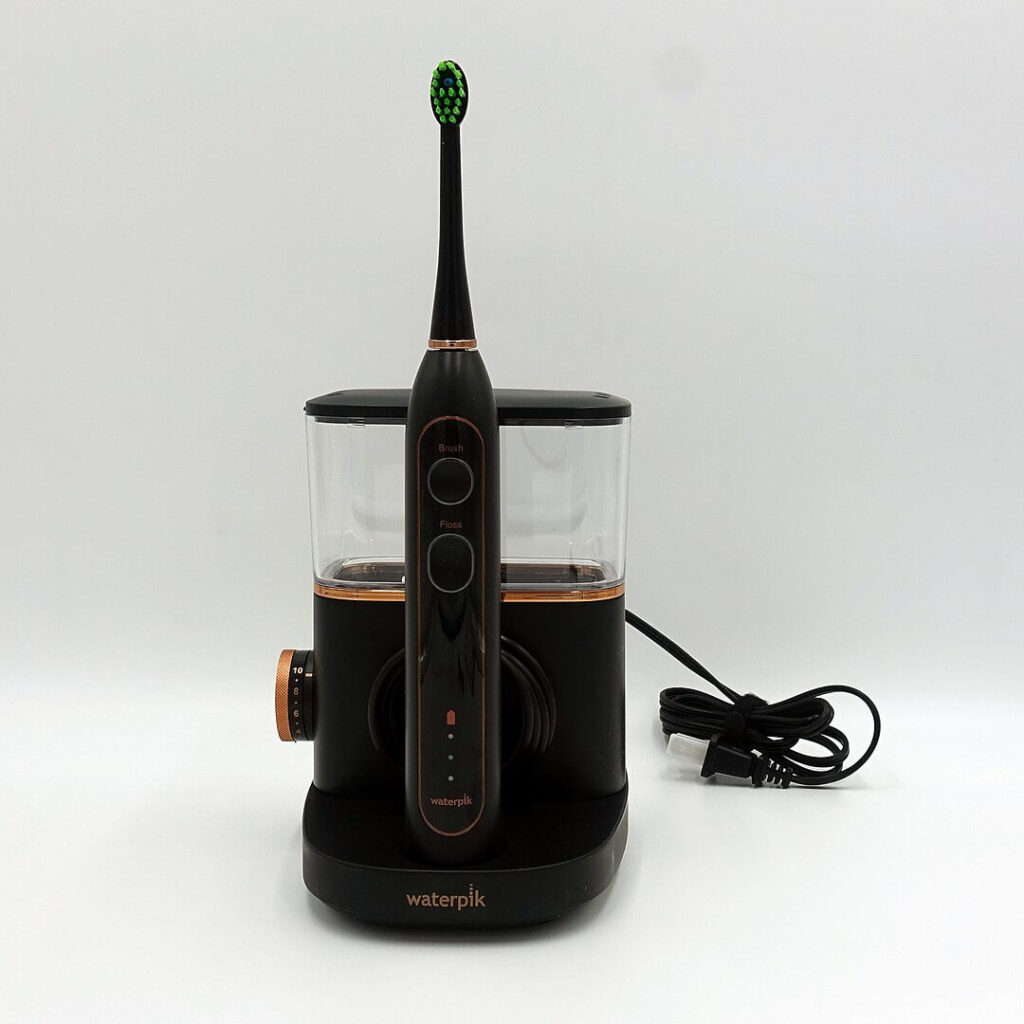Having a waterpick at home can make oral hygiene a breeze! Whether you’re looking for an easy way to floss without the threading, or need a waterpick that’s more efficient than a traditional toothbrush, this guide will have you covered. In addition to explaining the different types of waterpicks available on the market, this blog provides tips on using a waterpick effectively so you get the most out of your dental hygiene. So what are you waiting for? Start flossing like a boss with a waterpick today!
Water flossers can be a valuable addition to any oral care routine. You should be using them every day, up to 3 times per day to get the most from your waterpik.
What Is A Waterpik (Water flosser)?
Some people prefer traditional flossing instead of a waterpik because they feel they can get better results. Even if you do use a water flosser, you should still consider traditional floss as well.
Who Would Benefit From A Water Flosser?
If you are in the market for a water flosser, you should look for those that have been approved by the American Dental Association.

Water Flossing Vs Traditional Floss
There have been a few different water flossers that have been given the ADA Seal of Approval:
- Waterpik Aquarius Professional
- Waterpik Aquarius Professional Designer Series
- Waterpik Ultra
- Waterpik Nano
- Waterpik Traveler
How To Correctly Use A Water Flosser
- Fill the reservoir with water (you can also add in mouthwash for a more effective clean)
- If you have multiple tips choose the one that will suit your current task
- If you haven’t used it before starting on the lowest pressure setting, make sure to be leaning over the sink to reduce the mess.
- Point the water between each tooth until you have thoroughly cleaned them all.
- Make sure to point the tip at your gums and under your tongue so you don’t miss any important spots.
- After you are finished, replace the wand and turn off the water flosser.
Adding mouthwash to your reservoir can be an excellent way to increase the effectiveness of your water flosser, and it can even help remove bad breath (halitosis).
Should You Brush Your Teeth Before Or After?
How Often Should You Use A Water Flosser?
Do You Still Need Dental Checkups With A Water Flosser?
Frequently Asked Questions
Do you have to have a water flosser?
No, brushing, traditional flossing, and mouthwash is all you need for a healthy mouth. A water flosser is a “nice to have” tool that can help.
Are Water Flossers Expensive?
Water flossers on average range between $40 and $100 depending on the features and the brand.
